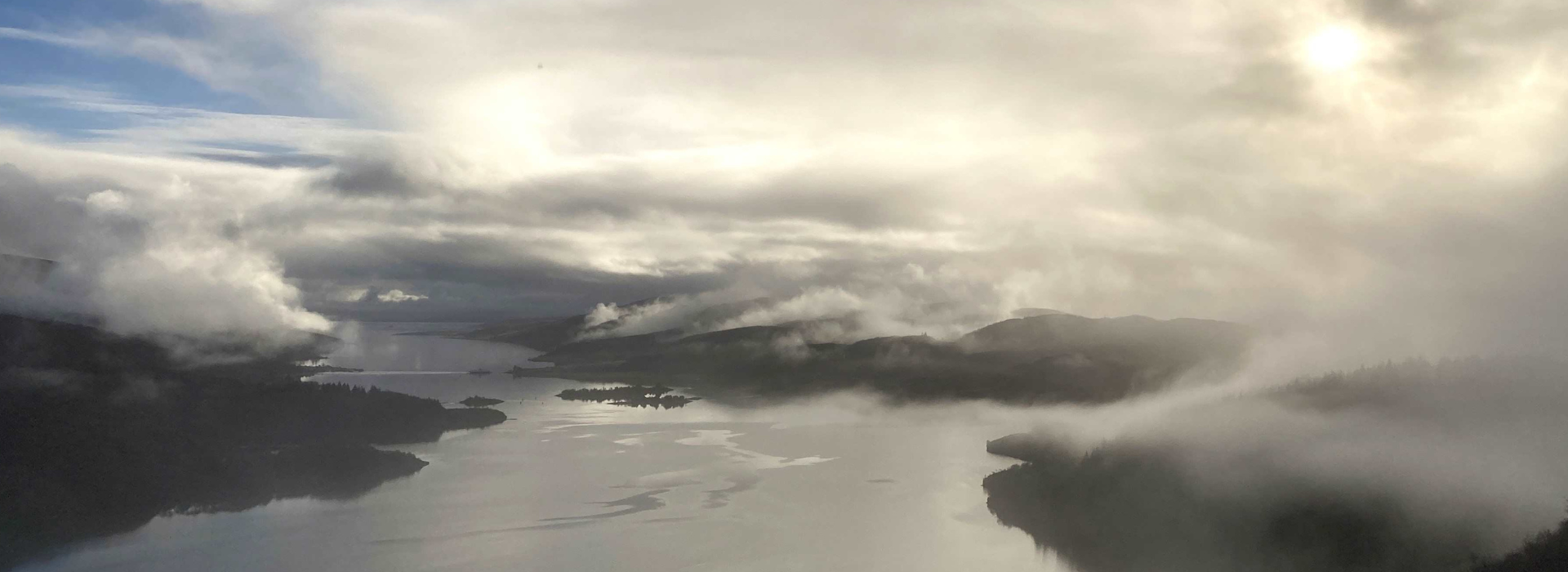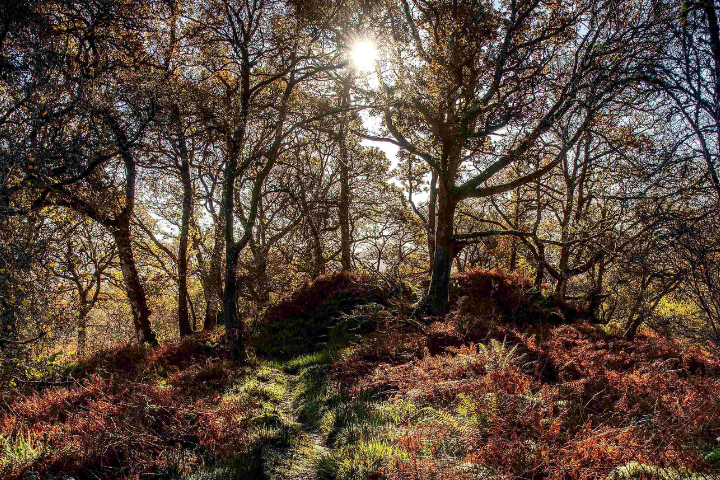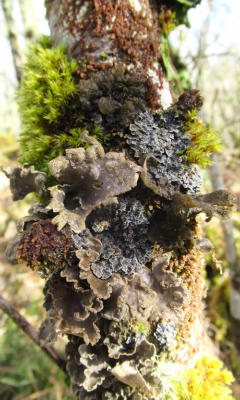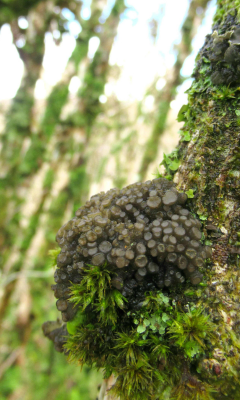Rediscovering the last rainforests of Scotland – and restoring them before it’s too late
November 30, 2023 | By Maura Monaghan
An idyllic area on Scotland’s west coast, Argyll and Bute is home to an increasingly rare and threatened habitat made up of ancient native woodland, open glades, rocky cliffs and river gorges.
“I’ve been working with trees and in forestry for a couple of decades now, and I’m forever inspired,” says Ian Dow, who first visited the area on a camping trip with his wife 20 years ago and was drawn back again and again. Now he’s a woodland coordinator at the Argyll and the Isles Coast and Countryside Trust, or ACT, focused on restoring the remaining patches of temperate rainforests that once blanketed the Atlantic coast of the British Isles.
“Everywhere you turn, there’s something of interest that you come across,” he says. “They’re just fantastic places to be.”
ACT wants to ensure they will be around for generations to come, but they are under threat: A massive spike in the deer population over the past few decades is eating away at the woodlands, and invasive species like rhododendron ponticum choke trees, preventing regrowth from seeds already present in the soil or from natural dispersal.
This destroys the ability of the forests to regenerate naturally. Loss of woodlands both reduces the region’s capacity to sequester carbon — a process that helps mitigate the impact of climate change — and leads to a decline in biodiversity, destroying critical habitat for everything from the lichens and mosses that keep the forests healthy to red squirrels and pine martens, the cat-size weasels that call it home.

Argyll has been home to oak woodlands for thousands of years, and they support a rich diversity of lower plants and lichens. (Photo credit: Stephen Carter)
ACT works with local communities, public agencies and private organizations to maintain and promote the region, and it recently joined forces with Mastercard’s Priceless Planet Coalition, which is guided by Conservation International and World Resources Institute, aiming to restore 100 million trees globally. In Scotland, ACT and the coalition plan to restore 100,000 trees across 136 acres.
Two restoration methods are driving these efforts: tree planting and assisted natural regeneration. The latter approach involves the exclusion of threats, such as overgrazing by deer or invasive plant species. At the moment, ACT is using fences to keep threats out, although Dow explains that this is “very much a temporary measure” — until the trees are above ground and more effective land management practices can be put in place through legal and regulatory measures.
When it comes to tree planting, location is an important factor in the project’s success. Scotland has detailed maps dating back to the 1700s, which is helpful because showing where trees have been present is an important stage in the planning process. Relevant surveys are also being carried out to determine which sites have the right conditions for planting now.
The two-phased planting will begin in April, with the goal of completing the project by the end of 2024.



Argyll's temperate rainforests are blanketed with ancient mosses, liverworts and lichen (organisms comprised of alga and fungus living symbiotically). Some species can only be found in Scotland, but are under threat from climate change, invasive species and overgrazing. (Photo credit: Ian Dow)
Through these planting projects, ACT is also establishing a viable seed source in areas that have been more widely deforested or disrupted by poor land management practices. This reforestation can play a key role in tackling the intertwined biodiversity and climate crises that the planet faces. “The trees are important,” says Dow, “but ultimately they’re just a scaffold for the really rich biodiversity that we’re looking to develop in the temperate rainforest.”
Reforestation also helps to maintain the connection between Argyll’s rainforest and the communities who visit, live and work in it.
“There’s been a disconnect for some centuries now between communities and their natural environment, particularly in this part of the world,” Dow says. “It’s really important for us to ensure that we’re delivering not only ecologically viable projects but also projects that engage with local communities in particular to try to realize some additional benefits, be they social or economic.”
Assisted natural regeneration, for example, creates jobs for locals, while education is a key component in encouraging further engagement. “It’s critically important that we have wide-reaching support,” Dow says, and to cultivate that you must “understand what people want, how they want to be involved, and how we can really maximize the benefits of what it is that we do.”
For Dow, the land is as inspiring as it is essential. “When you’re in a really high-quality bit of Scotland’s temperate rainforest, you really do know that you’re somewhere special, that there are things here that you’ve never seen before or experienced before.”

The Argyll and the Isles Coast and Countryside Trust is working with the Priceless Planet Coalition to restore 100,000 trees across 136 acres next year. (Photo credit: Ian Dow)
Banner photo of the Argyll coastline, photo credit Ian Dow.